When it comes to enjoying music or audio content, good sound quality is essential for a premium audio experience. Sound quality plays a crucial role in enhancing the overall listening experience, allowing an audience at a live event to fully immerse ourselves in what is going on.
So, what exactly does good sound quality mean? It refers to the clarity, dynamics, and balance in the reproduction of sound. When we have high-quality sound, we can hear every instrument and vocal with precision, ensuring a rich and engaging audio experience.
Why Sound Quality is Important in Live Sound
In live sound situations, such as concerts or performances, sound quality is crucial for delivering an immersive experience to the audience. Good sound quality in live performances allows listeners to hear every instrument and voice clearly, ensuring a balanced mix.
It helps create a more engaging and memorable experience for the audience at live events. It is crucial to deliver the message of the moment and an immersive experience to the listeners, allowing those who are on stage to be able to connect with the audience.
No matter how well the performers on stage are playing or how impactful the words of the presenter, it will not be able to be translated to the audience with good live sound. That is why sound quality matters.
Professional audio systems with high sound quality are essential for delivering a clear and powerful sound in concert venues and live events. Poor sound quality in live performances can lead to audience dissatisfaction and negative reviews.
To better understand what is good sound quality, it would be instructive to examine what is bad sound.
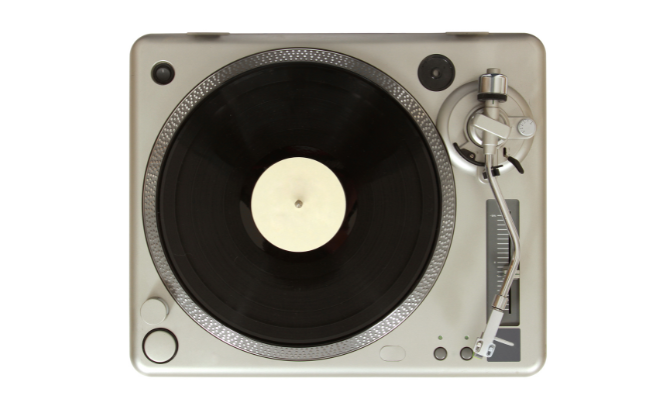
To help us visualize bad sound, imagine that the original sound source is the image of the turntable above.
Bad Sound Example 1: Muffled Sound
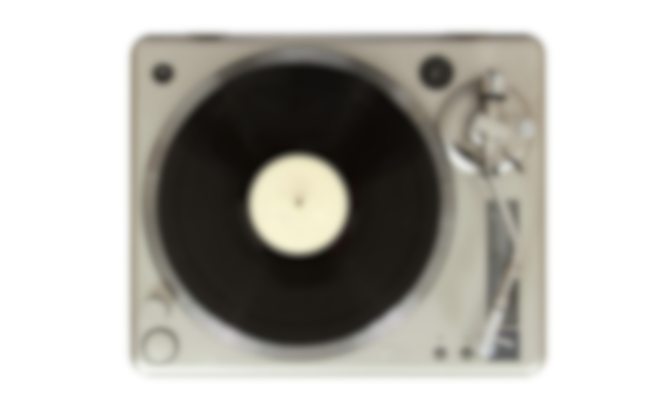
Muffled sound is a common sound quality issue that occurs when the audio lacks clarity and definition. It can be frustrating to listen to as it makes it difficult to distinguish individual instruments or vocals, resulting in a loss of detail in the audio. This lack of audio clarity can negatively impact the overall listening experience, making the sound dull and unintelligible.
Muffled sound can be caused by various factors, including poor microphone positioning or the use of low-quality speakers. When the microphone is not placed properly, it fails to capture the sound accurately, leading to a muffled effect. Similarly, low-quality speakers may not be able to reproduce the audio frequencies accurately, resulting in a loss of clarity.
Bad Sound Example 2: Boomy Sound
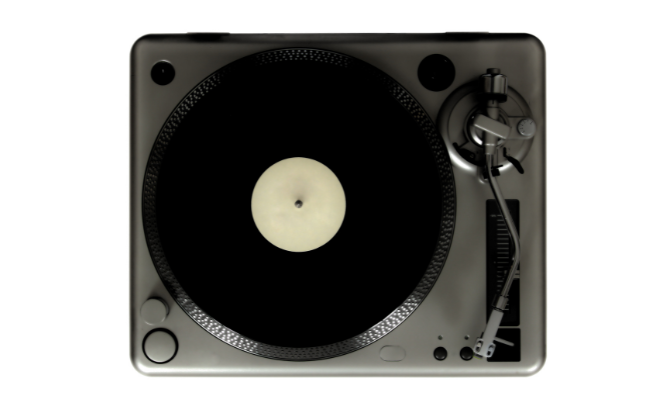
Boomy sound is a phenomenon that can turn a pleasant listening experience into a frustrating one. It refers to an excessive amount of bass frequencies in the audio, resulting in a muddy and overpowering sound.
Boomy sound often occurs when the listener’s ears are overwhelmed by bass frequencies and it is a strain to hear the details. It can be caused by various factors such as improper speaker placement, room acoustics issues, or an unbalanced mix.
When the bass becomes boomy, it masks the clarity of other audio elements, making the overall sound unbalanced. This results in a lack of definition and detail in the audio, making it difficult to fully enjoy the music or audio content.
Moreover, boomy sound can cause discomfort and fatigue to the listener, especially when it is present for an extended period. It can also lead to potential damage to audio equipment, as excessive bass can exert too much pressure on speakers and amplifiers.
Correcting boomy sound requires addressing the root causes that lead to excessive bass. This can involve adjusting speaker placement to ensure proper bass dispersion, treating the room acoustics to reduce bass reflections, and optimizing the mix to achieve a more balanced audio playback.
Bad Sound Example 3: Thin Sound
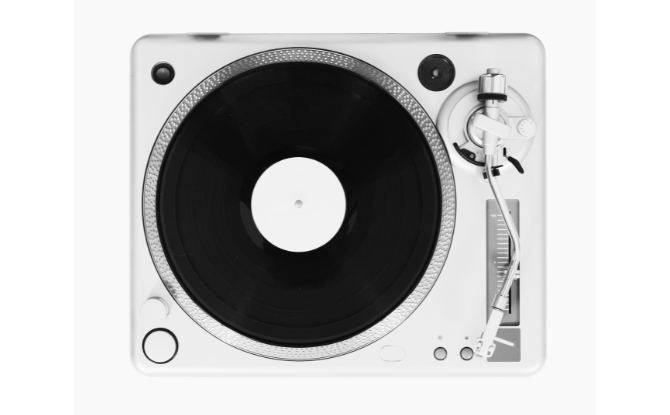
Thin sound in audio refers to a lack of depth and richness. This often results from an insufficient amount of low and high frequencies. This audio imbalance can be caused by various factors, including poor microphone selection, inadequate speaker setup, or improper EQ settings.
When sound is thin, it lacks warmth and fullness, making it feel uninteresting and devoid of impact. Vocals and instruments may sound weak and distant, which can lead to a lack of emotional connection with the music. The audio balance is compromised, affecting the overall listening experience.
To correct thin sound, it is necessary to address the underlying issues. This includes selecting appropriate microphones that capture a wider range of frequencies and adjusting the speaker EQ to reintroduce missing frequencies. Achieving a balanced audio reproduction is crucial to restore richness and depth in the sound.
Bad Sound Example 4: Distorted Sound
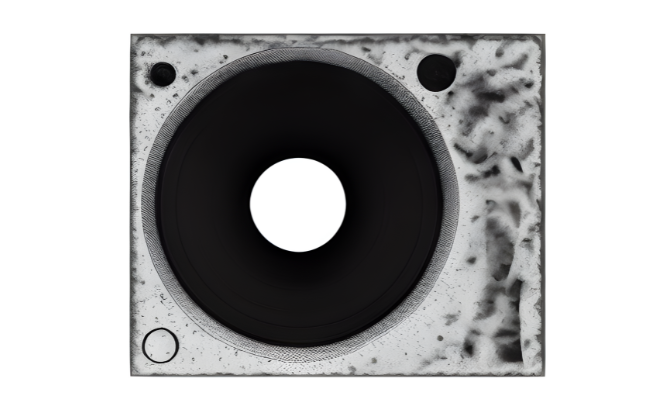
Distorted sound is an example of sound reproduction issues that can significantly impact the audio quality. When sound is distorted, it is altered or corrupted from its original form, resulting in an unpleasant and unnatural listening experience. Various factors can contribute to distorted sound, including clipping in the audio signal, overdriven amplifiers, and faulty audio equipment.
Distorted sound is characterized by harshness, excessive noise, and a lack of clarity and detail. The audio may become fatiguing to listen to, and it can significantly degrade the overall sound quality of an audio system. The distortions can be so pronounced that they interfere with the ability to understand speech or enjoy the music.
Resolving distorted sound requires identifying and addressing the specific causes. Proper gain staging, which ensures the audio signal remains within the optimal range, can help prevent clipping and distortion. Additionally, replacing faulty audio equipment and ensuring amplifiers are not pushed beyond their limits can mitigate audio distortion and improve sound reproduction.
Good Sound Example: Clarity, Balance & Dynamics (CBD)
Good sound quality is the hallmark of a truly immersive live audio experience. It encompasses several essential elements that work together to create a captivating and enjoyable sound reproduction.
Clarity
Clarity is a key aspect of good sound quality. It means that each instrument and vocal can be heard with precision and distinction. Whether it’s the twang of a guitar or the delicate timbre of a singer’s voice, clarity brings out the intricate details of the audio, enhancing the overall listening experience.
Balance
Balanced tonality is the final piece of the puzzle in achieving good sound quality. It focuses on balancing the sound reproduction to create a natural and pleasing audio experience. Proper tonality ensures that each frequency range is accurately represented, resulting in a well-rounded and balanced sound.
Dynamics
Dynamics play a crucial role in delivering impactful sound. A system with good dynamic capabilities can accurately reproduce a wide range of volume levels, from the gentlest whispers to the thunderous roar of a live concert. This ability to faithfully replicate the dynamics of the original content ensures that the listener can fully appreciate the full emotional range conveyed in the music or audio.
Good Sound has CBD
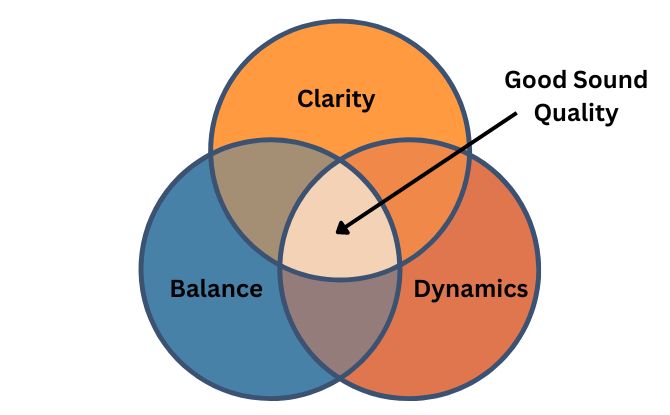
Achieving good sound quality requires a combination of high-quality audio equipment, thoughtful acoustic treatment, and the expertise of skilled audio engineers.
By prioritizing clarity, balance and dynamics, the audio engineer can create an immersive sonic experience that allows the audience to fully connect with what is happening on stage.
Key Takeaways: What is Good Sound & Why It Matters
- Good sound quality is crucial for an immersive audio experience.
- It enhances the clarity, dynamics, and balance in the sound reproduction.
- Bad sound quality can lead to issues like muffled sound, boomy sound, thin sound, and distorted sound.
- Muffled sound lacks clarity and definition, while boomy sound is characterized by excessive bass.
- Thin sound lacks depth and richness, while distorted sound is altered and unnatural.

